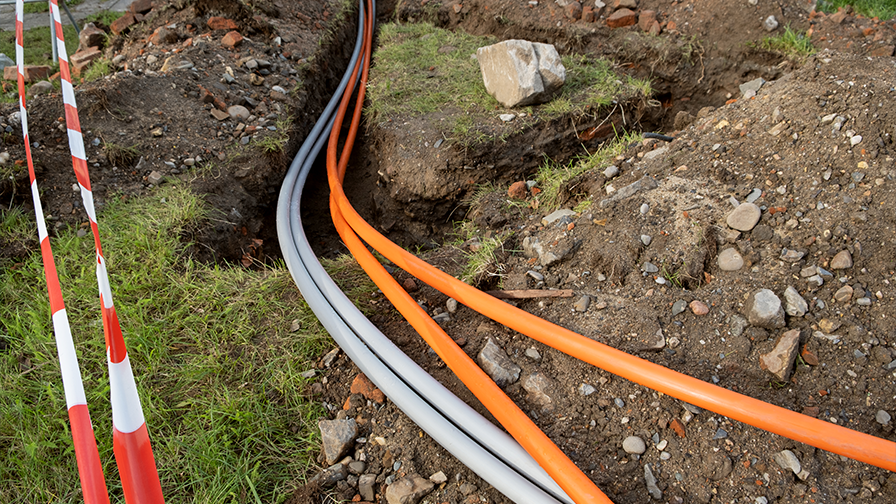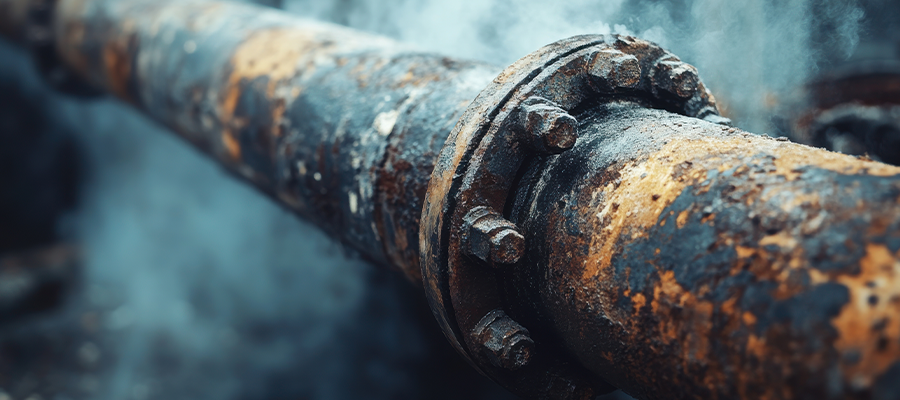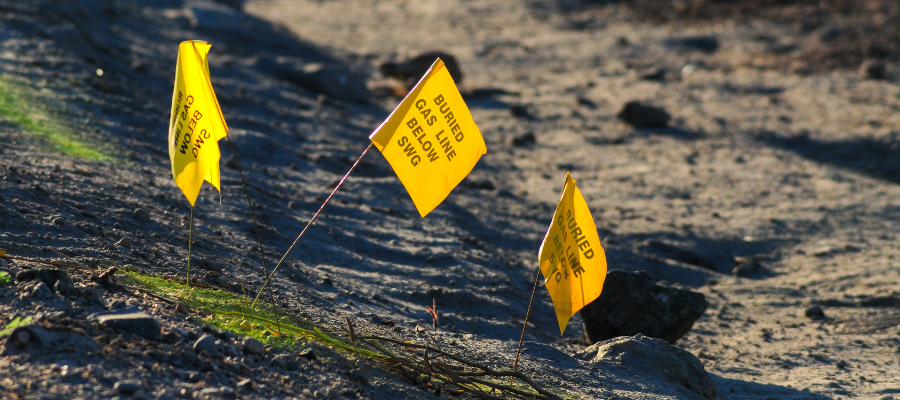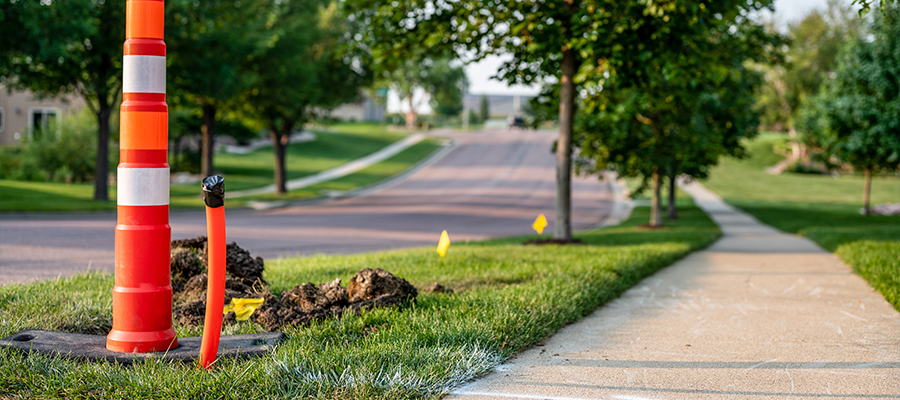Utility Line Locating Safety Guidelines

Utility Line Locating Safety Guidelines
By Ken Warner, Senior Operations Manager, Bermex
With the responsibility of locating all underground lines before construction projects start, these professionals are responsible for keeping the community safe, but how do we ensure the safety of utility line locating professionals?
The Biggest Safety Hazards of Utility Line Locating and How to Ensure Safety
Road Time
Traveling to multiple job sites means line locators are on the road constantly. Car accidents aren’t entirely avoidable, but it is possible to reduce the risk by:
- Making sure line locators have a good GPS or mapping system
- Limiting distractions like talking on the phone or texting
- Making sure line locators have enough rest to drive properly
These simple actions can prevent car accidents and keep your employees safe as they travel from one job site to the next.
Weather
Weather is unpredictable, and while working outside is a great thing, sometimes climate can be extreme. Excessive heat and cold can be dangerous, so it is important to educate your line locating professionals on how they can stay safe in all weather conditions.
On hot days:
- Take many water breaks to avoid dehydration
- Wear sunscreen
- Wear a wide-brim hat
During cold days:
- Dress in layers
- Bring additional clothing to prevent hypothermia and frostbite in wet conditions
Physical Injuries from Repeated Motions, Slips, and Falls
Walking, lifting, bending, and squatting are all common physical demands that line locating professionals are expected to perform on a daily basis. However, these repeated motions can cause fatigue and injury. Educating utility line locators on how to properly lift heavy objects and how to stretch can prevent injuries from occurring.
Slipping and falling is common in every industry, however, they can be particularly dangerous in utility management. Professionals should always take the time to properly survey a job site for any potential hazards, attend the proper training, and follow safe practices, such as wearing the appropriate footwear.
Noxious Gasses and Skin Threats
Confined spaces like manholes can be filled with noxious gasses, which can cause serious health problems. Equipping your employees with the proper personal protective equipment can protect them from serious injury.
Irritating plants, like poison ivy, can be found in places where line locators are needed. It is important that line locators know how to identify these types of plants and how to identify the symptoms of irritation.
Insects
Working outdoors has its perks, unfortunately, insects are not one of them. It is possible to receive a tick or mosquito bite or to be stung by a wasp or bee while working. Preventative measures can be taken:
- To avoid tick bites, wear clothing that covers most of your skin and hats when you can
- Mosquitoes can be deterred by using a bug spray that contains DEET
It is also important for employees to know what insects they are allergic to — if they are severely allergic to a bee sting, it is crucial to carry an EpiPen with them on job sites.
Utility Line Locating Professionals Work Hard to Keep the Community Safe, Let’s Look Out for Them
Keeping your employees safe should always be your top priority. Providing the proper PPE, equipment, and training can ensure your line locators stay safe on job sites. Educated and properly equipped line locating professionals have everything they need to keep themselves safe on the site.
This article was originally published in Excavation Safety Magazine.
Related Articles

By Tommy Combs, President, Bermex In the latest edition of the DIRT Report, the Common Ground Alliance (CGA) reveals that despite decades of progress in underground infrastructure damage prevention, the industry remains at a critical turning point. The 2024 data show a concerning plateau, and in some cases a reversal, in the trend of reducing[...]
Read More
By Mark Green, Business Development Manager, Bermex Environmental responsibility and resource conservation are more than good PR; they have become critical, bottom-line imperatives. Utility companies find themselves at the forefront of a sustainability battle that extends far beyond their traditional operational boundaries. At the heart of this challenge lies a deceptively simple yet profound issue:[...]
Read More
By Thomas Gooch, Director of Operations, Bermex Every few minutes across the United States, someone digging into the ground accidentally strikes an underground utility line. The consequences of these incidents extend far beyond the immediate damage to pipes, cables, or equipment. Utility strikes represent an extremely expensive and dangerous infrastructure challenge. The Financial Impact According[...]
Read More
By David Mack, Senior Business Development Manager, Bermex When it comes to preventing utility damages, most organizations focus on technology, training, and regulations. But at the 2025 CGA Conference & Expo, a powerful theme emerged from multiple speakers, including Dr. Victoria Grady of George Mason University: culture, not compliance, is the foundation of lasting safety[...]
Read MoreCategories
Recent Posts
- Diffusing a Difficult Customer [Infographic] 10th Sep 2018
- Neighborhood Safety [Infographic] 24th Sep 2018
- Bermex Has Named Keith Pancake as New Safety Manager 02th Dec 2019